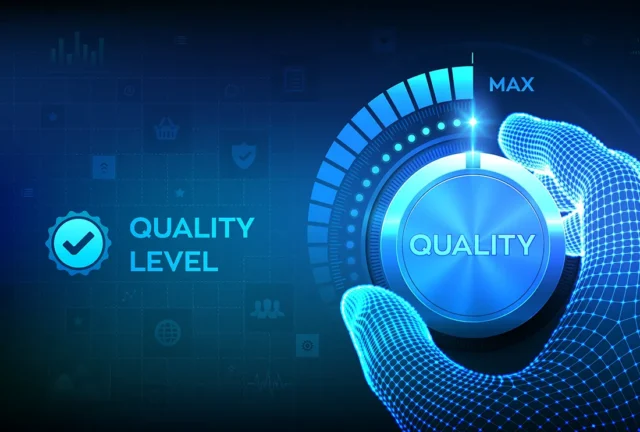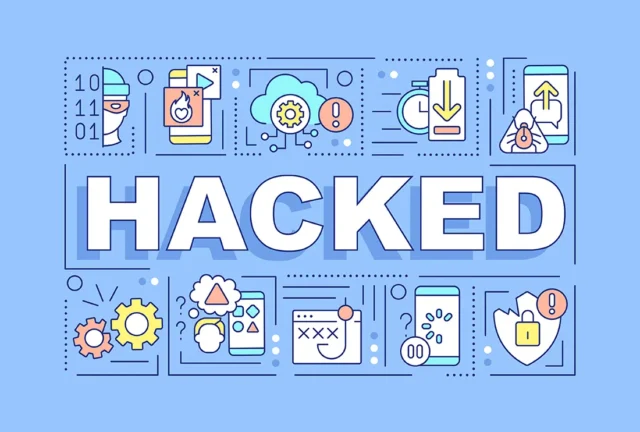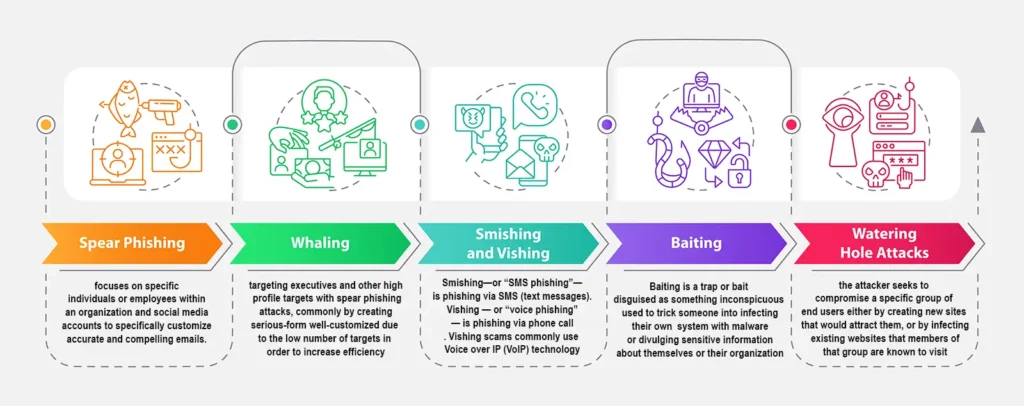Category: Articles
Parent Category of Articles

Fractional Tech Expertise – Defining The Need

Maintenance vs. Support – The Down & Dirty

The Freemail Pitfalls

The Technology DIY Trap

Essential Tools for Today’s Business

Quality Assurance… What is it and Why do I need it?
What is Quality Assurance?
Like saving money and delivering a sound product to your customer? Who wouldn’t!
Quality Assurance testing assists companies in fulfilling the expectations based on requirements provided by their customers to ensure that their products or services meet a certain level of quality. Yup, identify and fix any bugs or errors before the products or services are released to the customers.

Quality Assurance testing methods focus on establishing good practices to produce products with the quality already built in, rather than going through an unmonitored production process and attempting to “inspect the quality” of the product that has already been provided to the customer. Taking a specialized approach in quality assurance testing focuses on monitoring each portion of the process prior, during and post implementation to effectively measure the performance or the application.
So how do you Quality Test, you ask?
Here are a few types of software testing that can fit the needs of your client:
- Unit Testing – Unit tests are generally automated and can run very quickly by a continuous integration server. They focus on testing individual methods and functions of the components or modules used by your software.
- Integration Testing – Integration tests verify that different modules or services used by your application work well together. For example, integration testing validates that the interaction between a database and integrated microservices work together as expected.
- Regression Testing – Regression testing is a method of testing that is used to ensure that changes made to the software do not introduce new bugs or cause existing functionality to break.
- Functional Requirement Testing – Functional tests focus on the business requirements of an application. This type of testing verifies the application feature works as expected, per the software requirement.
Now that we have covered the “What” it is, let’s talk about the “Why” you need it!
Want to keep your current customers happy? And not risk losing potential customers? Considering how much time a company spends on the internet, it is more important now than ever to be sure that your websites and apps function properly. If your website is not functioning properly, you could risk losing both current and future customers. Delivering the best possible product that you can gives your clients a peace of mind that their software runs as smoothly as possible.
Benefits of a Quality System
- Cost Savings! The longer a bug goes undetected, the more difficult and expensive it is to fix. Detecting a bug in-house during the software development phases, prior to your client or customer finding the bug builds confidence in the product quality.
- Quality Assurance Brings Security – Given the growing trend of cyber security attacks, software quality assurance testing allows you to probe every phase of the development process and check for vulnerabilities, reducing the risk of any leaks in data that would cost you more than you expected.
- Improved User Experience – A thoroughly tested software product ensures a better user experience and makes their navigation hassle-free.
- Prevents Software Breakdowns – Given that you cannot predict errors while working, quality assurance software testing allows you to check your products performance under various loads, devices, and architectures to avoid unforeseen breakdowns. During the software development lifecycle your product will undergo functional and non-functional testing to ensure efficiency, productivity, and user experience are working as expected.
Takeaways
Hopefully, reading this article makes you feel more knowledgeable and empowered in understanding the importance of Quality Assurance Testing and how it benefits millions of companies across a vast variety of industries each day.
Get started today with your Quality Assurance Testing experts here at CMH Works!

Benefits of Cybersecurity Awareness Training
The Power of Cybersecurity Training: Safeguarding Your Digital Assets
In an increasingly interconnected world, where cyber threats loom large, threat actors are smarter than ever, and data breaches make headlines. To combat this threat, we must take proactive measures to protect our digital assets. Cybersecurity training, in general, plays a pivotal role in equipping us with the knowledge and skills necessary to defend against cyberattacks, and maintain a more secure digital environment.
In 2021, 98% of cyberattacks relied on social engineering. According to PurpleSec (2021)
Social Engineering is a category of cyber threats focused on humans and their social behaviors. Right now, Social Engineering is the most prevalent attack vector because it preys on the uneducated person’s “likely” behaviors. Hackers use these behaviors to gain access to your systems and assets. The key to combating these Social Engineering threats is to educate, and thereby change that behavior.
In this article, we explore the compelling benefits of Cybersecurity Awareness Training as a tool to combat Social Engineering threats, and how they can provide measurable value in securing your organization.
Heightened Awareness and Threat Recognition
Cybersecurity Awareness Training serves as a powerful tool to educate your organization about the various types of cyber threats and attack vectors that they are exposed to. By educating on the latest techniques used by hackers, your staff becomes more adept at recognizing potential threats. These threats include phishing emails, malware, or social engineering attempts. Recognizing these threats means faster detection and reporting of suspicious activities, mitigating the risk of successful cyberattacks.

Exercising and Testing Knowledge
It’s critical to understand where your organization is in terms of Cybersecurity Awareness. Providing knowledge is the first step to increasing that awareness. But, exercising that knowledge is what really changes the behavior. The best way to exercise is through real world testing.
An effective CyberSecurity Awareness Training program includes the periodic testing of users with safe Social Engineering attacks, such as phishing emails, to record their actual behavior. Did the user click the link, or did the follow protocol and report it to the Security Team? Or did they at least delete it? Measuring the results of these exercises across your organization will give you the insights you need to continuously improve your stance against cyberattack.
Reducing Vulnerabilities and Improving Response
It’s not a matter of IF you will be hacked. It’s a matter of when. What is critical is how quickly and effectively you respond when it happens.
A well-trained workforce is a crucial line of defense against cyber threats. Cybersecurity Awareness Training equips your organization with the skills not only to identify the threats, but respond to them when they happen. And eventually, they will happen.
Another fundamental part of Cybersecurity Awareness is understanding the risks associated with the digital endpoints, a.k.a. the Desktops, Mobile Devices, Servers, and Online Services that are the foundations of your digital footprint. Understanding the importance of basic security fundamentals as password protection, timely patching, and regular backups is paramount. By exercising these fundamentals, your team contributes to a proactive security culture, and thereby reduce risk. Adopting automation tools and having dedicated resources to enforce behavior is the key.
Furthermore, training modules on incident response enable organizations to minimize the impact of an attack by swiftly containing and remedying the breach, mitigating potential financial and reputational damages.
Conclusion
Cybersecurity training is a pillar in safeguarding your organization against ever-evolving threats. By increasing awareness, strengthening defense strategies, and reducing vulnerabilities, organizations and individuals can significantly reduce the risks associated with cyberattacks. Investing in comprehensive cybersecurity training programs not only protects sensitive data, but also instills a “security-first” mindset among your staff. Remember, when it comes to cybersecurity, knowledge is power, and training is the key to unlocking it.
When it comes to cybersecurity, knowledge is power, and training is the key to unlocking it.
If you would like to discuss your current Cybersecurity posture, we are here to help. To get a no obligation consultation with a CMHWorks Cybersecurity expert, please feel free to reach us at info@cmhworks.com. Take a look at some of the managed security solutions we offer here.
Additional Information
- https://www.cshub.com/attacks/news/social-engineering-most-dangerous-threat-say-75-of-security-professionals
- https://cmhworks.com/solutions/cybersecurity/cybersecurity-awareness-training/
- https://www.eccouncil.org/cybersecurity-exchange/ethical-hacking/understanding-preventing-social-engineering-attacks/

The Reality of Orphaned Apps

IT Security Primer for SMBs
How big of a deal is IT Security for SMBs?
No business is too small. Small and mid-sized businesses are the number one targeted segment of cybercrime. It’s not a question of if you will be attacked, it’s a question of when.
SMB IT Security
A PRIMER FOR SMALL AND MID-SIZED BUSINESSES

American University and Hacker U Select CMHWorks as a Hiring Partner
American University & HackerU has chosen CMHWorks as a recruitment partner to consider candidates who have completed their Cybersecurity Security Professional Program. With the threat of cyberattacks on the rise, the program recognizes how appealing an IT Professional with a Cybersecurity knowledge base can be to a company like CMHWorks.
Washington, DC – July, 12, 2021. Israel’s premier digital skill and cybersecurity institute, HackerU, has been partnering with educational institutes worldwide, currently in 12 countries. In 2019, HackerUSA, a subsidiary, has partnered with American University, based out of Washington, DC.
According to Bryan Gulcin, Business Relations Manager at HackerUSA in recent LinkedIn post,
“We are happy to collaborate with CMHWorks and add them to American University‘s and HackerU‘s growing list of hiring partners!”
Mike Harvey, founder and principal owner of CMHWorks, has more than 30 years of experience as a Technology and Operations executive with broad experience in enterprise technology strategy, development, implementation, and management. He founded CMHWorks, LLC in 2014 to provide Technology Services and Support to public and private sector clients.




